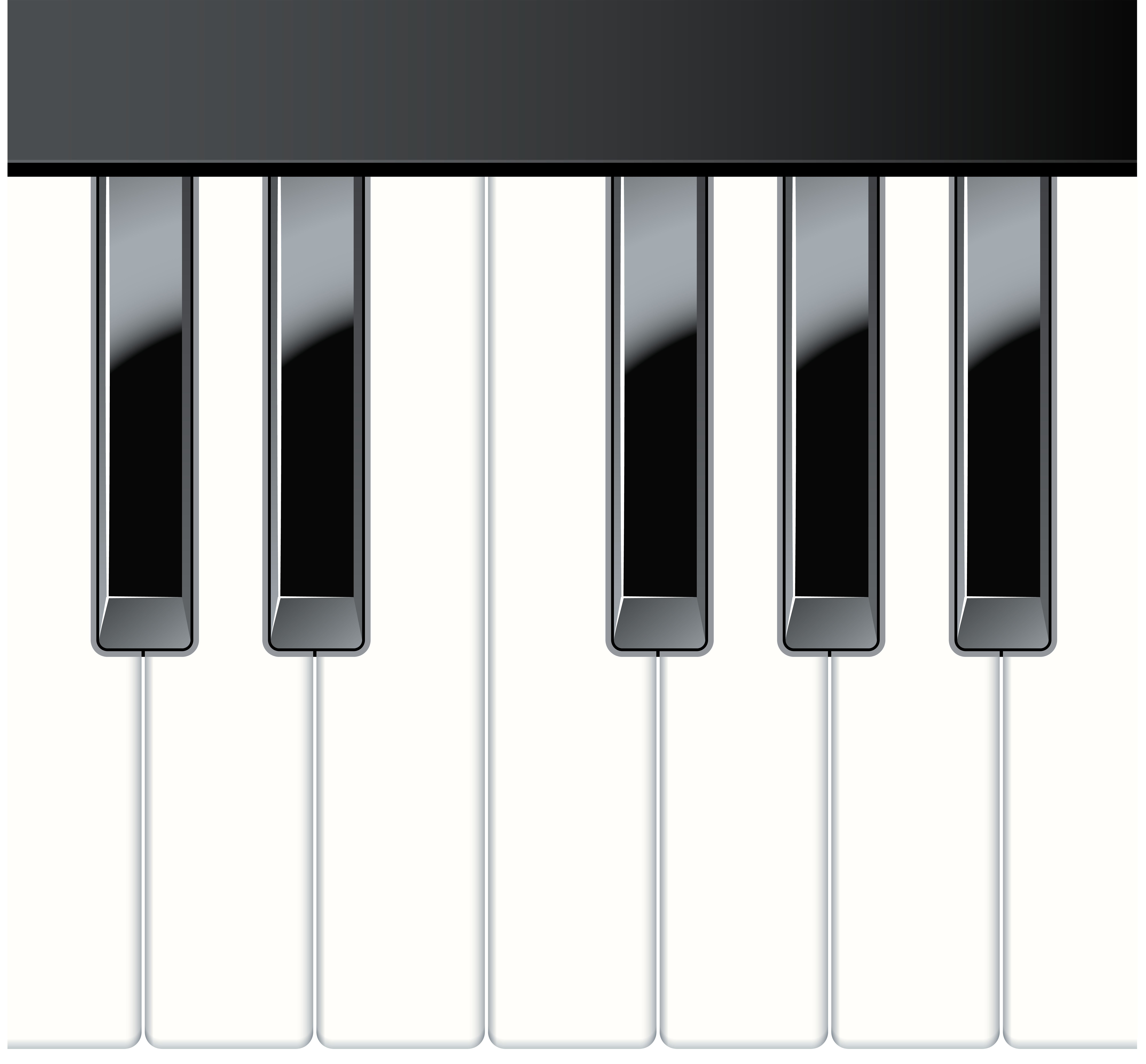
This image has format transparent PNG with resolution 8000x7430.
You can download this image in best resolution from this page and use it for design and web design.
Piano keys PNG with transparent background you can download for free, just click on download button.
A musical keyboard is the set of adjacent depressible levers or keys on a musical instrument. Keyboards typically contain keys for playing the twelve notes of the Western musical scale, with a combination of larger, longer keys and smaller, shorter keys that repeats at the interval of an octave. Pressing a key on the keyboard makes the instrument produce sounds—either by mechanically striking a string or tine (acoustic and electric piano, clavichord), plucking a string (harpsichord), causing air to flow through a pipe organ, striking a bell (carillon), or, on electric and electronic keyboards, completing a circuit (Hammond organ, digital piano, synthesizer). Since the most commonly encountered keyboard instrument is the piano, the keyboard layout is often referred to as the piano keyboard.
The twelve notes of the Western musical scale are laid out with the lowest note on the left. The longer keys (for the seven "natural" notes of the C major scale: C, D, E, F, G, A, B) jut forward. Because these keys were traditionally covered in ivory they are often called the white notes or white keys. The keys for the remaining five notes—which are not part of the C major scale—(i.e., C♯/D♭, D♯/E♭, F♯/G♭, G♯/A♭, A♯/B♭) (see Sharp and Flat) are raised and shorter. Black keys form a pentatonic scale. Because these keys receive less wear, they are often made of black colored wood and called the black notes or black keys. The pattern repeats at the interval of an octave.
The arrangement of longer keys for C major with intervening, shorter keys for the intermediate semitones dates to the 15th century. Many keyboard instruments dating from before the nineteenth century, such as harpsichords and pipe organs, have a keyboard with the colours of the keys reversed: the white notes are made of ebony and the black notes are covered with softer white bone. A few electric and electronic instruments from the 1960s and subsequent decades have also done this; Vox's electronic organs of the 1960s, Farfisa's FAST portable organs, Hohner's Clavinet L, one version of Korg's Poly-800 synthesizer and Roland's digital harpsichords.
Some 1960s electronic organs used reverse colors or gray sharps or naturals to indicate the lower part (or parts) of a single keyboard divided into two parts, each controlling a different registration or sound. Such keyboards accommodate melody and contrasting accompaniment without the expense of a second manual, and were a regular feature in Spanish and some English organs of the renaissance and baroque eras. The break was between middle C and C-sharp, or outside of Iberia between B and C. Broken keyboards reappeared in 1842 with the harmonium, the split occurring at E4/F4.
The reverse-colored keys on Hammond organs such as the B3, C3 and A100 are latch-style radio buttons for selecting pre-set sounds.
In this page you can download free PNG images: Piano keys PNG images free download